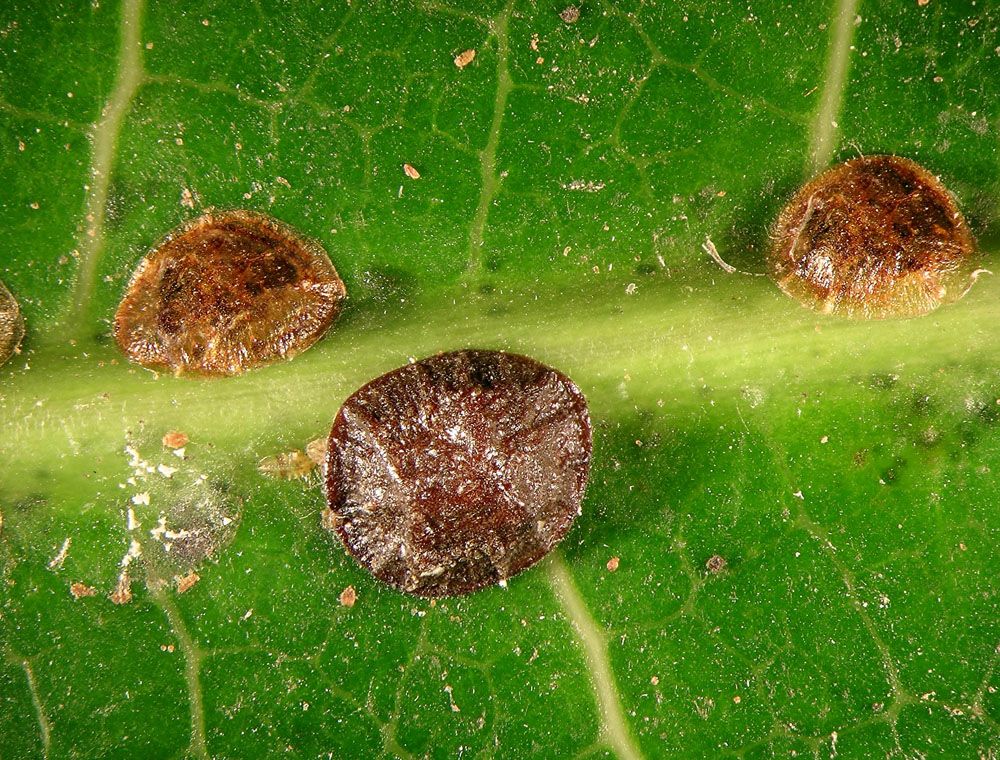
Black Scale – Saissetia oleae
Black Scale: Appearance, Territory, Damage and Life Cycle
Latin Name: Saissetia Oleae
Appearance: Saissetia oleae, or black scale, is a major pest of citrus and olive plants. This scale, which originated in South Africa, is now available globally. Black scale is seen in Florida on citrus (Citrus spp.), olive (Olea europaea L.), avocado (Persea americana Mill.), and many popular landscaping plants. Black scale, like many invasive pests, was most likely brought to the United States on contaminated nursery plants. Scale insects are difficult to identify and control due to their small size and peculiar life history.
Based on size, form, and color, the adult female black scale is the simplest of the life phases to recognize. Adult females have the biggest bodies of all life phases, measuring up to 1/5-inch length and 1/8 inch broad. They are dark brown to black in color, convex in form, and have an H-shaped ridge on their back. Because the insect releases sticky carbohydrate-rich honeydew on the plant surface, which acts as a substrate for fungal development, black scale infestations are frequently connected with sooty mold fungus. Black scale is more widespread in coastal areas because first- and second-instar nymphs are vulnerable to hot, dry environments.
Hosts Plants: Olives, citrus and gardenia.
Territory: The distribution of black scale is international, including reports from Europe, Asia, Africa, Australasia, the Pacific Islands, and the Americas.
Damage Insect Cause: Black scales feed by attaching themselves to the leaves and branches of their host plant and sucking sap from within the plant tissue. The plant’s damage may vary depending on the intensity of the scale infestation. As a waste product, the scales release a sticky, sweet liquid known as honeydew. Honeydew falls from the feeding location and coating the host plant’s leaves and fruit, as well as adjacent surfaces, promoting the formation of sooty mold.
Sooty mold is a black fungus that forms in a thin layer on the substrate in the presence of honeydew. Despite the fact that the mold is not dangerous to plants or humans, it can cover the leaves, diminishing the plant’s photosynthetic capacity and lowering the market value of damaged fruits and plants. Ants that feed on honeydew might be attracted to it. Ants are an excellent sign of scale infestation.
Life History and Habits: Depending on the environment, black scale has one or two generations every year. Grow females may lay up to 2,000 eggs, and the color of the egg’s changes from pale yellow to orange as they mature. Eggs are placed just beneath the adult female body, and the ensuing egg hatching process might take many weeks. Nymphs in their first instar are pale yellow to light brown and just 1/64 inch long, making them difficult to spot without a hand lens. Crawlers can spend up to seven days after hatching from eggs looking for a feeding spot, which is usually on vegetation.
